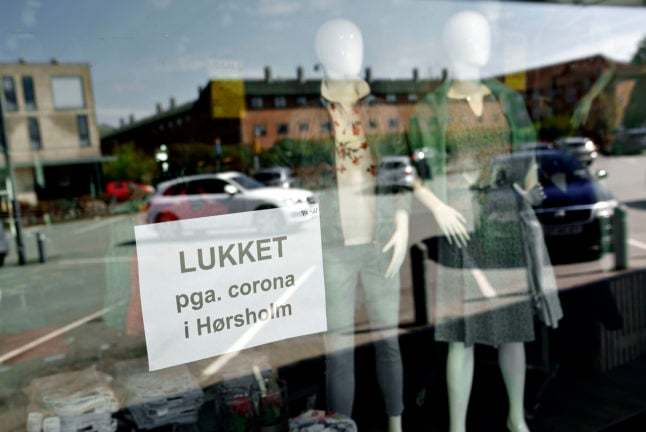Currently, one municipality in Denmark, Hørsholm, is in a state of automatic local lockdown, with three more — Brøndby, Holsterbro, and inner-city Copenhagen, rated “high incidence”. See SSI’s latest spreadsheet here.
On top of that, three local parishes are currently in lockdown: Tingbjerg, a large housing estate in the north of Copenhagen, Rungsted in Hørsholm and Sønderbro in Horsens. See SSI’s latest spreadsheet here.
What is the system of automatic local lockdowns?
The system of automatic local lockdowns was first published on April 12th, but was updated on April 30th.
It allows for individual municipalities and parishes to be placed back under severe coronavirus restrictions if the level of infections rises above certain thresholds.
At a press conference on Monday, Anette Lykke Petri from the Danish Patient Safety Authority predicted that local lockdowns were likely to be triggered more and more frequently in the coming months as Denmark’s reopening leads to local outbreaks.
“We will see more frequent, but also shorter, local lockdowns,” she said, adding that she understood that it was difficult for residents to go into lockdown for the third time, particularly as this time, their ordeal would not be shared by the rest of the country.
“But unfortunately we also have to say that there is no other way around it.”
What triggers an automatic local lockdown?
According to Denmark’s state infectious diseases agency SSI, lockdowns will automatically be brought in at municipalities whenever the number of people currently infected exceeds 250 per 100,000 residents.
For local lockdowns to be triggered at the lower level of a local district or sogn (literally ‘parish’), the trigger is tougher, with all three of the following conditions met:
- 20 people test positive in less than a week
- 2.5 percent of tests are positive
- more than 500 infected per 100,000 citizens
If a municipality or parish passes the threshold, it will appear on the SSI’s page reporting infection levels.which is updated at 2pm each day. If it is marked as in lockdown, municipalities are expected to entre lockdown the following day.
What does an automatic local lockdown involve?
According to the document setting the guidelines for local lockdowns, municipalities in local lockdown are required to close:
- primary schools
- sports clubs
- educational institutions
- department stores
- amusement parks
- restaurants
- shopping malls
- small service industries (liberale erhverv) such as hairdressers and tattooists.
- conference centers
- employees to work from home as much as possible
For lockdowns at the parish level, the following must close:
- primary schools,
- after-school clubs
- youth and adult education institutions
- Zoos, museums, art galleries, theatres, concert halls, cinemas, libraries, adult education, music and culture schools
How long do automatic local lockdowns work?
To exit a local lockdown, the number of cases in a municipality must remain below 250 for seven days in a row.


 Please whitelist us to continue reading.
Please whitelist us to continue reading.
Member comments